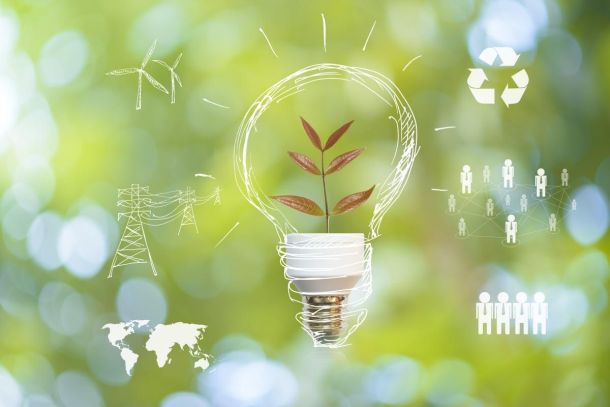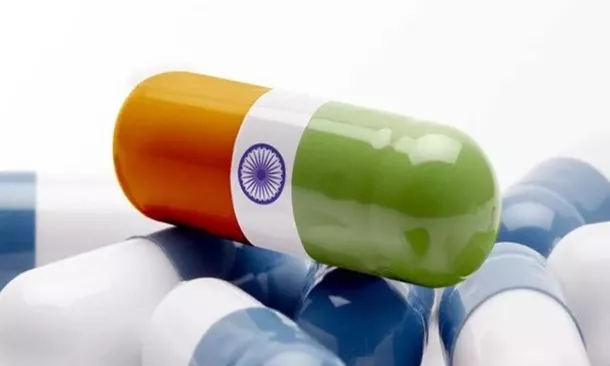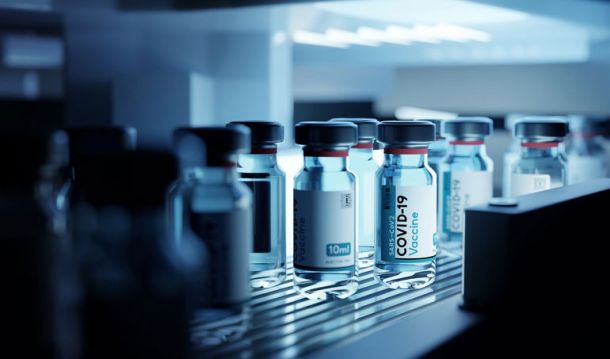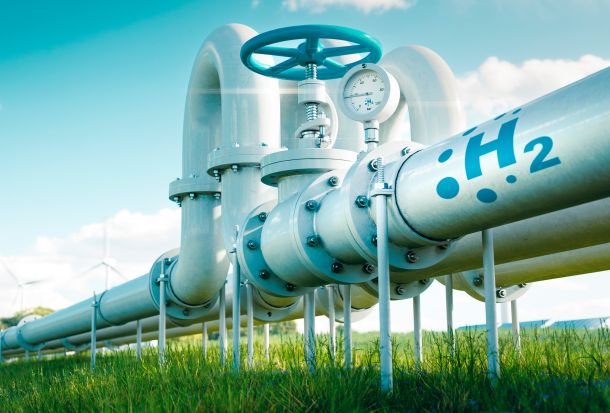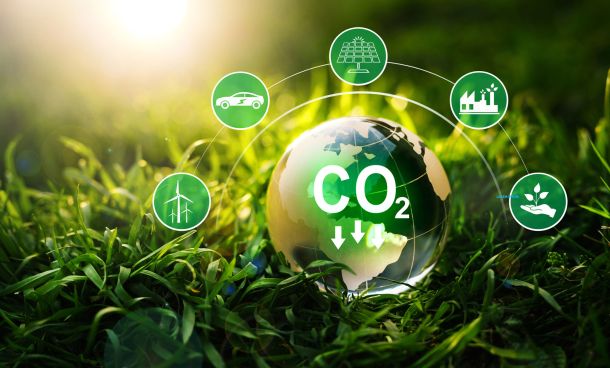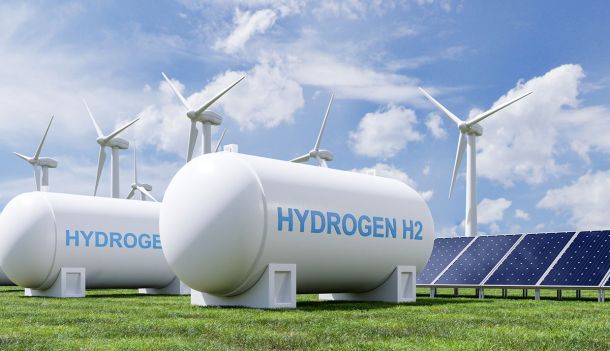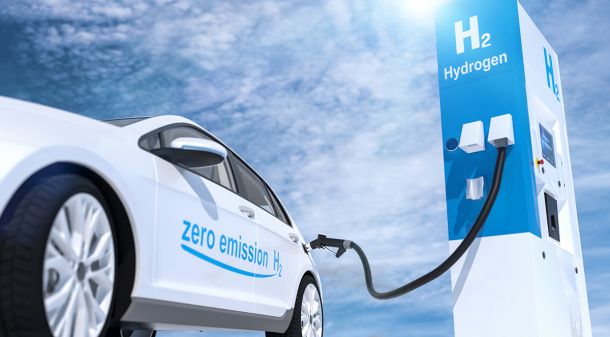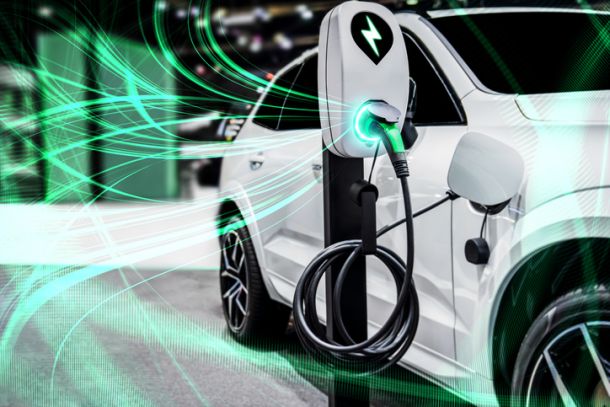INCONCRETO NEWS
From Health Insecurity Towards Sustainable Autonomy: Securing Vaccines’ Supply Chain in Africa
The path to comprehensive coverage: designing universal access to vaccines in Africa
Africa is one of the areas of the world where access to vaccines is most challenging to secure for the entire population. Besides the historical, economic, and political reasons that account for the low levels of local vaccine production, there is an additional complexity to be faced.
The continent’s geography reveals 54 recognized countries, encompassing a wide variety of ethnic groups and cultures, along with significant variations in population distribution and community living across different regions. The total population of 1.4 billion citizens is dispersed in urban centres and along major rivers and coastlines, but also in more thinly populated territories. Approximately 700 million citizens reside in remote locations, making it challenging to reach these groups with vaccines.
Map of the main roads in Africa
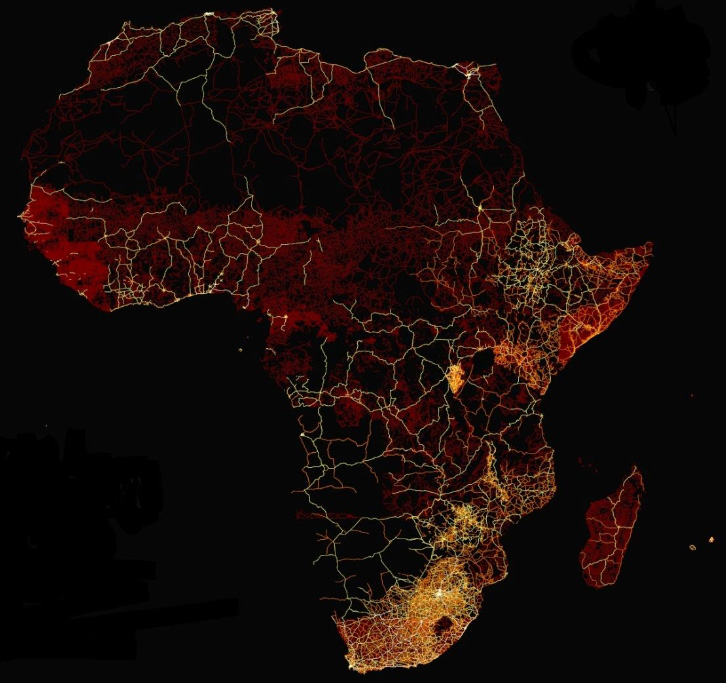
Infrastructure development varies significantly across regions and countries. Rural and less
developed areas, especially in Sub-Saharan Africa, encounter obstacles in accessing basic necessities
such as paved roads, reliable electricity, clean water supply, and of course healthcare facilities. These
isolated regions often lack essential services and opportunities of growth and progress.
The shocking onset of the Covid-19 pandemic in 2020 provoked devastating consequences
worldwide. However, this terrible crisis could also lead to unprecedented upheavals and rapid
advancements in Africa, opening new opportunities for establishing well-interconnected
infrastructures in the continent.
Ports in Africa have recently undergone massive upgrades, but their effectiveness in contributing to
regional development will be limited unless intra-continental logistics infrastructure is deployed. The
operationalization of the Africa Continental Free Trade Area (AfCFTA) involves up to 44 billion US
dollars in private and public investments over six years, yet global economic uncertainty may impact
infrastructure development. Sub-Saharan Africa’s growth is expected to reach 3.6% in 2023, up from
3.4% last year, nevertheless income growth predictions are slower than inflation.
Africa is currently pursuing cross-cutting digital transformation as envisioned by the African Union in
its 2020-2030 strategy. As a key economic enabler, adopting digital technology is a leverage to deal
with uncertainty and build resilience in supply chains. This approach will allow predicting and
meeting demand, providing opportunities to improve efficiency, centralize and analyse data, and
automate routine tasks in all sectors.
These factors play a crucial role in creating the necessary environment for the successful
implementation and scaling up of vital operations like vaccination, ensuring that most of the
population can benefit from it.
From access to delivery: defining the key drivers for effective vaccines logistics
In many remote areas of Africa, the lack of grid electricity and unreliable power supply hampers
proper temperature control infrastructure, adding to the difficulties of transporting vaccine doses to
target communities that are distant from or inaccessible to health facilities. According to WHO Africa,
only around a quarter of countries in the region have adequate plans in place for resources and
financing vaccination campaigns of their population.
Cause and effect : Sub-Sahran countries with poorer logistics performance generally have lower vaccination rates (elaborated by the IMF, 2021)
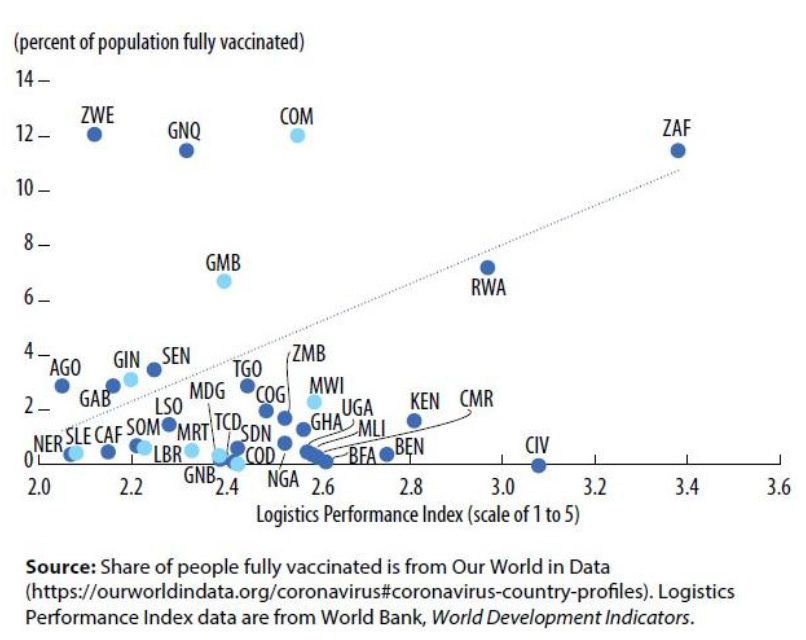
In the case of sub-Saharan Africa, the World Bank has estimated that it would cost 12.5 billion US dollars to achieve the WHO’s Covid-19 vaccination target of 70 percent of the population. Out of this amount, 9.5 billion US dollars are required for the purchase of vaccines from foreign pharmaceutical groups, since African countries currently remain heavily reliant on vaccine imports from foreign producers, mainly due to the scarcity of local pharmaceutical manufacturers. On the other side, 762 million US dollars are allocated to supply-chain costs and 508 million to investments in cold-chain infrastructure. Finally, 1.8 billion is dedicated to vaccine delivery, which includes salaries for vaccine-delivery staff, vaccine transport, per diem for outreach, and other recurrent costs.
There is an evident unbalance: more infrastructural investment is necessary to make vaccination a complete success.
In order to design insightful guidelines for COVID-19 vaccinations plans, experts from various international institutions and think tanks, such as IMF or WHO, highlighted that the fruitful delivery of vaccines relies on a set of specific indispensable conditions and efficient catalysts. Here is a concise list of these key drivers:
- Vaccine logistics planning. Ensuring equity in vaccine access should serve as a guiding principle throughout the planning process. This is why, before introducing vaccines, countries can prepare by evaluating their current supply chain capabilities and identifying any deficiencies.
- Vaccine storage. Establishing proper vaccine storage becomes a critical challenge, particularly in vast regions that often face unpredictable power supply and high temperatures. Inadequate provision of high-quality storage facilities not only hampers the capacity to meet future vaccine demands (both Covid and non-Covid) but also exacerbates access issues for remote rural communities.
- Reliable energy supply. In addition to having a suitable layout and security measures, all facilities should be equipped with power back-up and a 24-hour technical support service to guarantee a continuous supply of electricity. As stated by KPMG, implementing temperature, shock, and moisture logging with system alerts can be advantageous, as it allows for timely actions to prevent damage and spoilage.
- Stock management. Operational inventory management of vaccine doses is fundamental to optimize the flow of products from suppliers and wholesalers, with stringent controls over temperature and handling throughout the entire distribution process. The health system supply chain manager can collaborate with manufacturers and logistics providers by sharing a rolling demand forecast, reaching all locations before vaccines expire.
- Distribution, including in the hard-to-reach areas. An efficient transport system should facilitate the movement of vaccines between each level of the supply chain. Distribution plans vary based on the type of vaccine and its specific characteristics. In any case, they should leverage on local couriers in order to reach the most isolated zones, until the “last mile”, which is the final link in the supply chain before vaccines are administered to end-users.
- Management of the cold chain at all levels. Addressing all cold chain issues is crucial, especially considering that, as McKinsey points out, approximately 15 to 20% of the current cold-chain devices in Africa are non-functional for the last mile. Key measures include establishing a permanent ultra-cold chain system, increasing freezer or cold-room capacity, collaborating with the private sector for temporary pharmaceutical storage units, and utilizing portable freezers or freezer trucks.
- Embracing cutting-edge technologies. By delving into groundbreaking technologies, it is possible to explore innovative solutions to favour complete vaccine delivery in hard-to-reach areas. These solutions may encompass various applications such as drones, with evaluations tailored to specific scenarios, as well as direct-drive refrigerators and robust digital tools for patient identification. Additionally, leveraging digital tools to communicate with communities about Covid (and non-Covid) vaccines can prove highly beneficial.
To ensure their effectiveness in the African continent, the logistical complexities and potential solutions mentioned here must be integrated with other essential strategies and action plans. Closing financing gaps in vaccine delivery, evaluating and adjusting health system capacity (including addressing the shortage of healthcare workers to administer and record vaccinations), combating low vaccine demand caused by vaccine apathy and hesitancy, and improving data management issues, often managed with unfit systems, will all be of paramount importance.
The essential foundation for implementing such measures can only be guaranteed when there is room for establishing a solid coordination among government stakeholders, the local community, and the private sector.
Some ongoing projects of vaccinations campaigns in Africa
The vaccination against Covid-19 has been a worldwide priority over the last years. This is the case for Africa as well, where – even if some delays in comparison to other more developed areas of the world – vaccination for the entire population has been set as a priority. At present, on average the full vaccination rate is 51.8% according to Africa Centres for Disease Control and Prevention (Africa CDC).
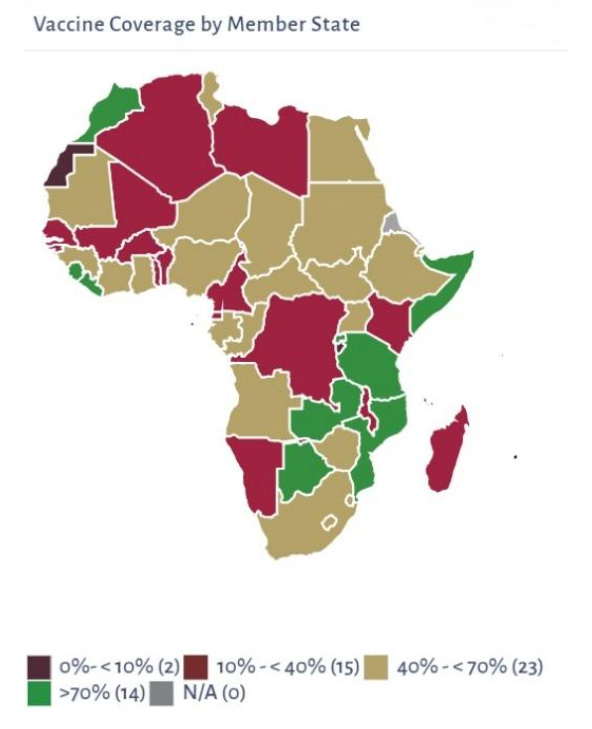
Many African countries draw from past experience in community mobilization during public-health crises, notably the 2014-2016 Ebola outbreak in West Africa. Systems, such as call centres for reporting suspected cases, and initiatives like the Social Mobilization Action Consortium were established. When Covid-19 emerged, these systems were leveraged. However, countries lacking epidemic experience or investment in these structures faced challenges in effectively engaging their communities.
The vaccination campaign has received support from the international community. As an example, a two-year project led by WHO and funded by the European Union with up to 16 million euros involves 16 countries (Burundi, Cameroon, Central African Republic, Chad, Democratic Republic of the Congo, Guinea, Liberia, Madagascar, Mali, Mozambique, Niger, Nigeria, Somalia, South Sudan, Sudan, and Tanzania). By the beginning of 2023, the vaccination rate had reached close to 30%, a significant increase from the 5% rate one year prior. To achieve this improvement, national health workers trained by WHO experts have been administering vaccines in urban centres, remote villages, refugee and displacement camps, workplaces, public spaces, and other locations.
However, the substantial efforts directed towards Covid-19 vaccination campaigns have had a negative impact on routine immunization services. The number of children who did not receive any vaccines or were under-immunized increased by 16% between 2019 and 2021, resulting in a cumulative total of around 33 million during the same period. Dr. Matshidiso Moeti, WHO Regional Director for Africa, emphasized that “the pandemic has seriously set back the region’s vaccination efforts and left millions of children vulnerable to vaccine-preventable diseases that can cause serious illness and even death”. Unless there is a renewed political will and increased efforts by governments, non-Covid vaccination coverage in Africa is not expected to reach pre-pandemic levels until 2027.
Leveraging the lessons learned during the Covid-19 pandemic could serve as one of the solutions. In the near future, the primary challenge for vaccinations will be to establish innovative and domestic production systems, allowing for local manufacturing of vaccines.
In March 2023, Rwanda became the first beneficiary country to have the first BioNTainer, a mobile laboratory from the German group BioNTech, installed. This ongoing project, which started in October 2021, is also set to be launched in Senegal and South Africa.
This kind of initiatives aims to boost vaccine production within African countries, fostering collaborative efforts to adopt this approach for both Covid and non-Covid vaccines. Such measures, combined with an effective delivery system, will secure long-term self-reliance for the entire continent.
INCONCRETO, as an international consultancy, can provide expertise in capital project optimization and oversee critical paths for biopharmaceutical project execution.
Connect with our team!
We combine technical expertise with large program execution practices, improving predictable outcomes and steering profitability on Capex/Opex project investments.
For further readings, you may consult these sources:
- Africa’s integrated logistics – What does the future hold?, by Maersk
- Going the last mile, by the International Monetary Fund
- Africa’s last mile: Building viable vaccine supply chains, by Pharmaceutical Technology
- Five ways to optimize the COVID-19 vaccine supply chain, by KPMG
- Port to patient: Improving country cold chains for COVID-19 vaccines, by McKinsey & Co.
- Solve Delivery Challenges Today to Futureproof Africa’s Vaccine Infrastructure, by the Tony Blair Institute for Global Change
- Africa needs to vaccinate 33 million children to put progress back on track, by UN – Africa Renewal
- Rwanda : arrivée des premiers labos mobiles de BioNTech pour la production de vaccins, by RFI
Newsletter
© INCONCRETO. All rights reserved. Powered by AYM

